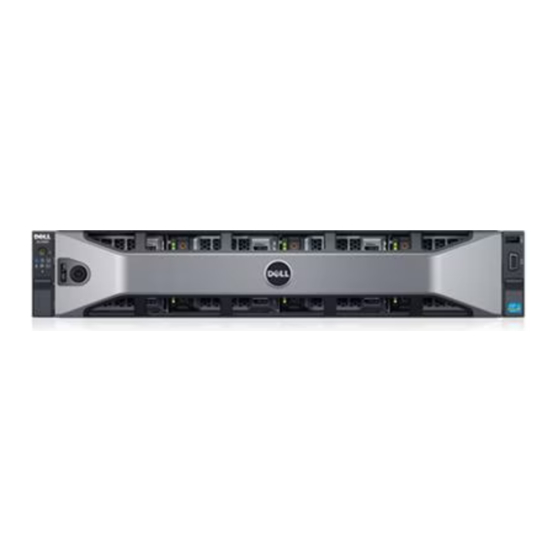
Quest Engineering DL4300 Manuals
Manuals and User Guides for Quest Engineering DL4300. We have 1 Quest Engineering DL4300 manual available for free PDF download: User Manual
Quest Engineering DL4300 User Manual (540 pages)
Brand: Quest Engineering
|
Category: Storage
|
Size: 3 MB
Table of Contents
-
-
-
-
-
-
Repositories86
-
-
-
Archiving117
-
Events130
-
-
Viewing Tasks131
-
Viewing Alerts133
-
-
-
-
-
-
VM Export239
-
-
Managing Exports255
-
-
Replication279
-
-
Recovering Data316
-
-
Restoring Data326
-
-
-
-
-
-
Get-Activejobs424
-
Get-Clusters426
-
Get-Failed429
-
Get-Failedjobs430
-
Get-Mounts432
-
Get-Passed433
-
Get-Queuedjobs435
-
Get-Repositories439
-
Get-Sqldatabases440
-
Get-Volumes443
-
New-Base444
-
New-Cloudaccount445
-
New-Mount451
-
New-Repository453
-
New-Snapshot457
-
Push-Replication461
-
Push-Rollup462
-
Remove-Agent463
-
Remove-Mount464
-
Remove-Mounts465
-
Resume-Snapshot471
-
Resume-Vmexport473
-
Start-Archive474
-
Start-Esxiexport477
-
Start-Protect483
-
Start-Vbexport489
-
Start-Vmexport492
-
Stop-Activejobs494
-
Suspend-Snapshot498
-
Suspend-Vmexport500
-
Localization502
-
Qualifiers502
-
-
-
Qualifiers505
-
-
-
About Quest532
-
Glossary533
Advertisement
